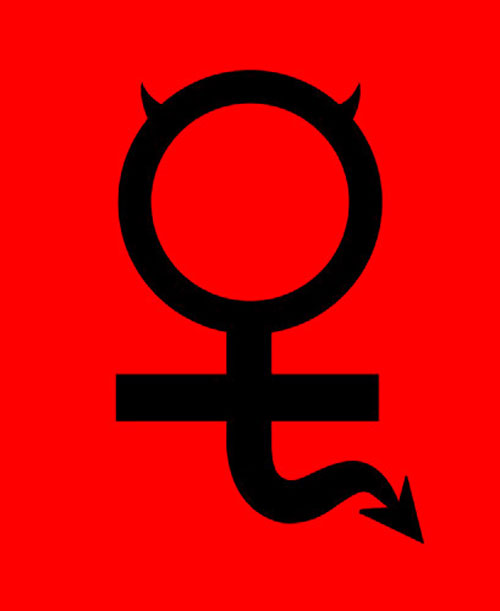Numerous studies have tried to find the differences between male and female brains. And although many differences have been found, they are still far from being objectified and categorized.
Our genes are not equal; men have a Y chromosome that female mammals do not. This Y chromosome has been named the Adam chromosome, inherited from the father as opposed to the Mitochondrial Eve chromosome inherited from the mother.
An experiment conducted by Melisa Himer in 2002 revealed some facts that might call into question all equal education patterns. Very young individuals were presented toys with marked sexist connotations: a truck and a ball, a doll and a frying pan. The males chose the car and the ball while the female, the doll and the pan. And one of the most amazing things of this study is that these individuals who took this decision were not human, but primates.
But the differences between 2 sexes sometimes need not be greater than those between members of the same sex.
We have many open topics in neuroanatomy; for example, that men have more white matter in the brain and women have more grey matter. In neurochemistry, we have different serotonin answers when we are under stress. In neurofunction, males are characterized by having more developed left side brain, i.e. rational side, and women, the right side, which is the emotional. But haven’t we ever seen aggressive women, depressed men, and don’t we know now that there are many more types of intelligence than just the rational and emotional? All these topics may have skewed too much both the medical community and the non-medical community, just look at the prevalence of prescribing of anxiolytics in women and the low number of women enrolled in engineering for years, figures which fortunately is being reversed.
And although these brain differences existed, would relying on them be legitimate? Everything becomes relative.
This is a puzzle that has been trying to be built from the origin of humanity and where there are many missing pieces lacking, studies are always interpreted subjectively, according to what hypothesis has been made and what is wished to be proved.
My conclusion, like that of many scientists, is that the differences stem from genetic, hormonal, developmental and environmental causes and all of them have an important weight.
And in the words of the Lisbon neurologist Antonio Damasio, whose latest book is called “How the brain creates the mind”, culture and unconscious genomic are sometimes indistinguishable. There will always be Othellos who, blinded by jealousy, kill an innocent Desdemona. And adulterous Ana Kareninas severely punished because of their behavior. Cognitive asymmetry of sexuality, many of which parameters are recorded in our genome, threaten behind our behavior. And this unconscious genome is in part responsible for the uniformity that characterizes the repertoire of human behaviors and stereotypes.
But the fact that men and women are born with a specific genetic pattern does not mean that education cannot modulate us. The gene environment debate is far from being closed.
Whether you are a man or woman, you can always enjoy Lisbon accommodation as did Antonio Damasio in his time as a medicine student.

 English
English


